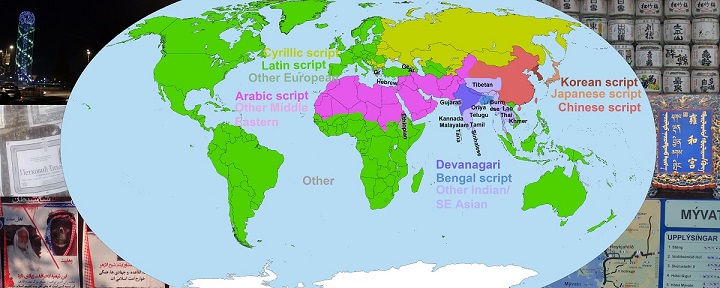Cities in the world are both similar and different. All of them are societies of many thousands people living next to each other and doing works that do not directly create food. Cities are both products and power of the civilization. Most of todays achievements, industrial and scientific, are created there. They are hubs for entertainment, infrastructure, education, shopping, tourism. Even rural people regularly visit cities. The life in the cities is more individual and varied.
While similar cities are also greatly different all over the world. Architecture, urbanisation, culture, religion, lifestyles and different ethnic communities form a distinct blend unique to the region.
The first cities have been established in Mesopotamia 3200 BC. For centuries urbal lifestyle was limited to a select minority: nobility and craftsmen. Majority had to grow food to avert famine. Only the largest empires were able to support massive megalopolises (e.g. Rome) using food and water from vast areas around them. All this started to change in 1700s-1800s, when improved agriculture allowed more and more peasants to leave for urban factories. This “Industrial revolution” changed the city life from an exception to a rule. In 19th century already some European nations had a larger population in their cities than villages. In 20th century most American and Asian nations followed suit. At ~2006 there were more people living in cities than villages all over the world.
| Americas | Asia | Europe | Africa | Oceania |
| United States city | Subcontinent city | Post-Soviet city | North African city | Australasian city |
| Latin American city | East Asian city | British city | Central African city | Oceanian city |
| Chinese city | Mediterranean city | South African city | ||
| Gulf city | Nordic city | |||
| Southeast Asian city | Central European city | |||
| Mideastern city |



